Luxury vinyl plank (LVP) flooring has become an increasingly popular choice for homeowners, and it’s easy to see why. It’s versatile, durable, and offers a stunning resemblance to natural wood or tile at a fraction of the cost. But when it comes to installing LVP in a bathroom—a high-moisture area—there are several important factors to keep in mind. This blog explores the key considerations to ensure your LVP installation not only looks great but also holds up to the unique demands of a bathroom.
1. Water Resistance vs. Waterproofing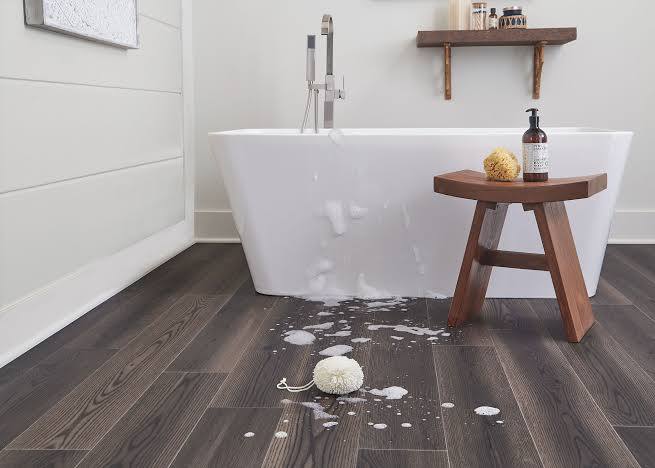
LVP is often marketed as water-resistant, which is a significant advantage in bathrooms. However, it’s essential to distinguish between water-resistant and waterproof products. While most LVP planks are resistant to water, meaning they can handle spills or humidity, not all brands are entirely waterproof. In a bathroom, waterproof LVP should be your go-to choice to prevent moisture from seeping through and causing mold or warping over time.
Make sure to check the manufacturer’s specifications before choosing your flooring. Opting for 100% waterproof LVP can save you from potential issues down the road, especially in areas like bathrooms that frequently encounter standing water.
2. Subfloor Preparation
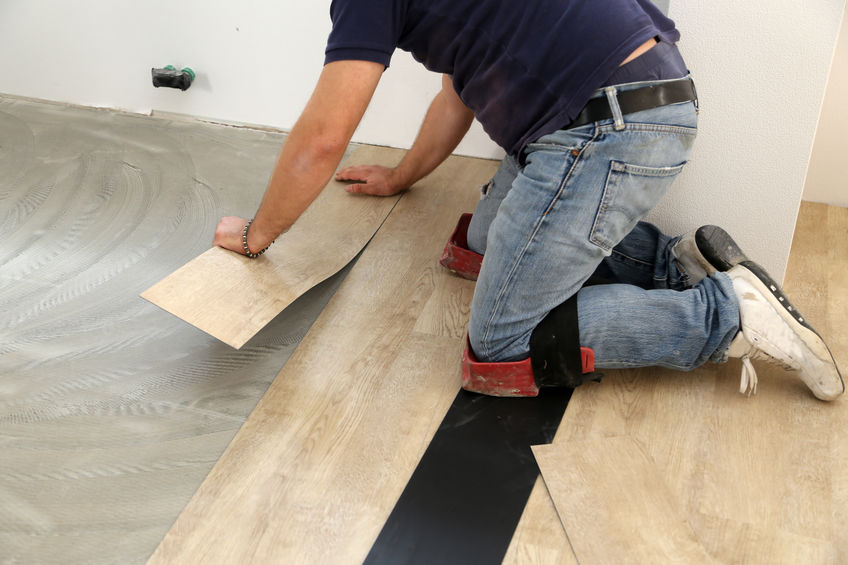
The subfloor plays a crucial role in any flooring installation, and this is especially true for LVP in a bathroom. An uneven or moisture-prone subfloor can lead to problems like buckling, gaps between planks, or warping over time. Ensure that your subfloor is clean, dry, and level before installation begins. A properly prepared subfloor will maximize the longevity and performance of your LVP.
Additionally, consider installing an underlayment that adds an extra layer of moisture protection. Many LVP products come with built-in underlayment, but it’s worth confirming this detail before making your purchase.
3. Slip Resistance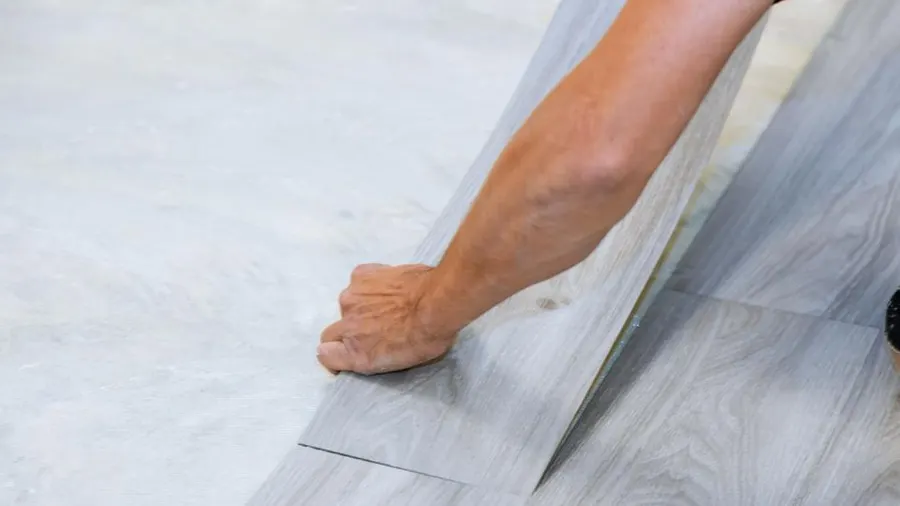
Bathrooms are inherently slippery, and choosing flooring that can help prevent falls is a must. While LVP mimics the look of hardwood, it often has a textured surface that provides better traction than tile or polished stone. Be sure to select LVP with an anti-slip finish to further reduce the risk of slips, especially in areas around the bathtub or shower.
If you’re living with young children or elderly family members, slip resistance becomes even more critical. Some manufacturers offer LVP with extra-grip surfaces specifically designed for high-traffic, wet areas like bathrooms.
4. Expansion Gaps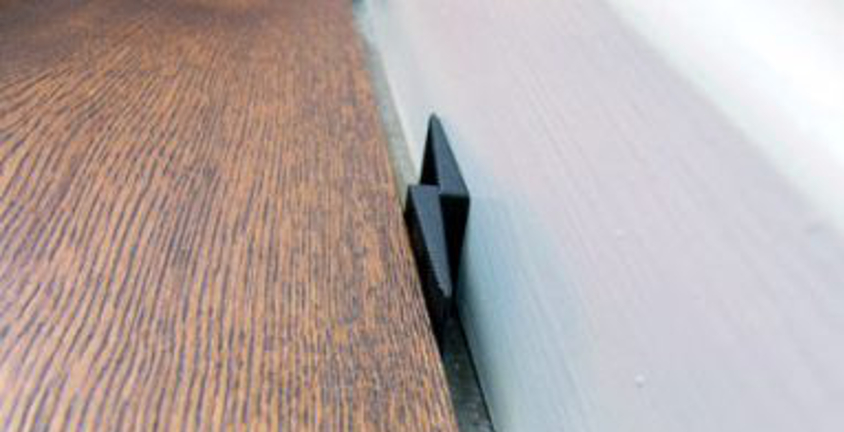
Luxury vinyl planks can expand and contract with changes in temperature and humidity—factors that are constantly shifting in a bathroom. When installing LVP, it’s essential to leave appropriate expansion gaps around the edges to allow for this movement. Failure to do so could result in buckling or gaps between the planks as the material tries to adjust to the conditions.
You’ll want to ensure that the baseboards or moldings can cover these expansion gaps to maintain a polished look without compromising the flooring’s ability to flex with the environment.
5. Maintenance and Cleaning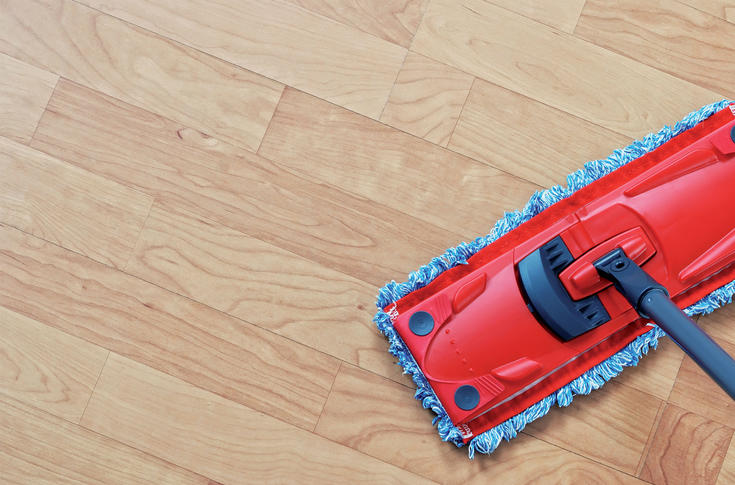
One of the best features of LVP is how easy it is to maintain, especially in a bathroom setting where spills, splashes, and moisture are inevitable. Regular sweeping or vacuuming is usually sufficient for daily upkeep, and a damp mop with a mild cleaner can handle more significant messes. Avoid using harsh chemicals or steam cleaners that could damage the surface or weaken the waterproof seal of your LVP.
Additionally, sealing the edges of your LVP near tubs, showers, or toilets with silicone caulk can offer an extra layer of protection against water intrusion.
6. Style and Aesthetic
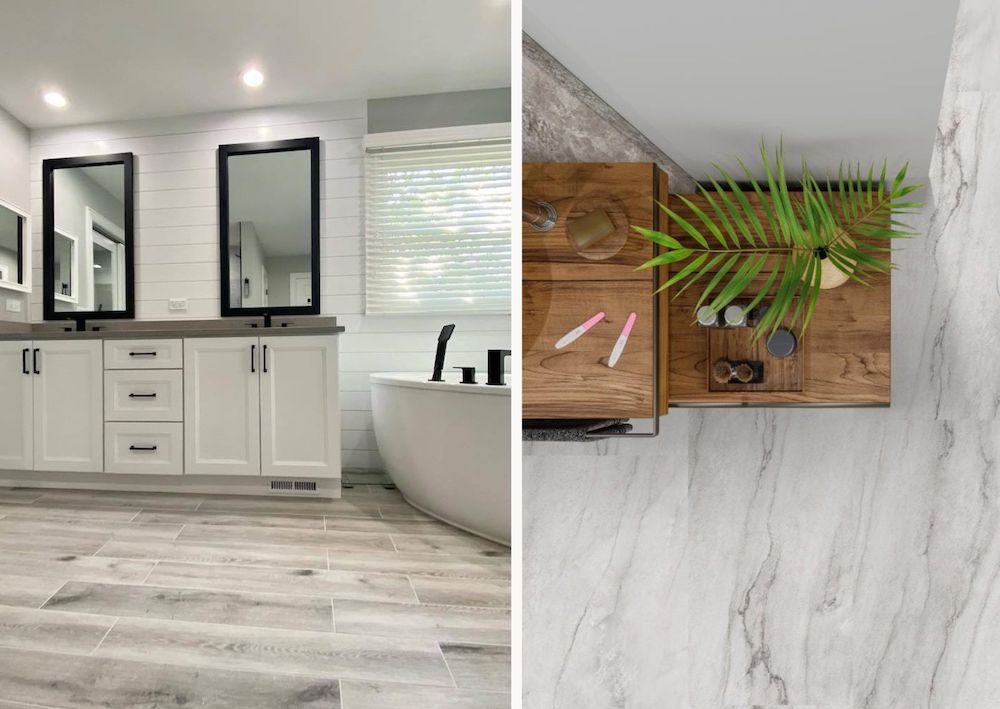
The visual appeal of luxury vinyl plank flooring is a major draw for homeowners looking to create a stylish bathroom space. With its ability to mimic the natural beauty of wood, LVP offers endless design possibilities—ranging from rustic, weathered looks to sleek, modern finishes. Consider the overall design of your bathroom when selecting the color and texture of your LVP. Lighter tones can open up smaller spaces, while darker hues add warmth and contrast.
Whether you’re going for a minimalist spa-like retreat or a traditional, cozy bathroom, LVP offers the flexibility to achieve the look you want without sacrificing durability or practicality.
Conclusion
Luxury vinyl plank flooring is a smart, cost-effective choice for bathrooms, offering a blend of aesthetic appeal, durability, and easy maintenance. By considering factors like water resistance, subfloor preparation, slip resistance, and maintenance, you can ensure that your LVP flooring will hold up beautifully in your bathroom for years to come. With the right product and installation, LVP can provide a stunning, long-lasting solution to elevate your bathroom’s design.
If you’re ready to explore your bathroom remodeling options and how LVP might fit into your space, Contact us today for a consultation and let us help bring your dream bathroom to life.







